WARNING: ELECTRICITY CAN AND WILL KILL YOU. CAPACITORS HOLD THEIR CHARGE LONG AFTER AN AMPLIFIER HAS BEEN TURNED OFF. Tube amps are especially dangerous! THIS IS NOT A TUTORIAL. WORK OF THIS NATURE SHOULD ONLY BE ATTEMPTED BY A QUALIFIED TECHNICIAN.Here's a quick little repair of a Jet City PicoValve. The user complained that the amp only produced sound when he turned the Gain knob to 9 or greater. He elaborated that the volume when the amp started to produce sound was about as loud as one would expect at 9 if the amp were functioning correctly. I tested the amp and verified the user's complaint. Everything else on the amp seemed to be working as intended. Here is a photo of the head with the tubes and the mesh cover removed. I tested the tubes just because I could. They were fine. This amp comes from the factory with one 6L6 and a pair of 12AX7s. The 6L6 power tube can be swapped out with different octal power tubes to achieve different tones. Although this isn't the best view, one can observe that there is basically one main board in this amp that includes the power supply, preamp, and output sections of the amp. I ohmed the Gain potentiometer out from the top and got some weird readings. In circuit the pot read OPEN. At that point it was time for the main board to come out so I could access the bottom and pull the pot out of circuit. After I carefully removed the board, I used a large ceramic resistor to drain the filter caps as a safety precaution. WHOA! Look at that hole in the chassis for the Bass pot. What a dent! At first that might not seem important. After all when I tested the amp the bass control seemed to work just fine. That dent tells us that the amp took some kind of hard, physical hit. With cheap parts like the ones in this amp, a hard hit can break the wafer or wiper inside a potentiometer. Even high quality parts can be broken by a hit that is hard enough to bend the amp chassis. The Gain, Bass, and Master pots were supposed to all be the same value: 1Meg. I decided to pull all three and compare readings out of circuit with some new 1M pots to make sure they were all reading correctly. That's the Gain pot. I double checked where I placed my meter leads, but they were right on the outside legs of the pot. That should read 1M, but it's completely open. At a certain point in the travel of the pot, I read a resistance lower than 1M. It seems we've figured out why the Gain had to be turned up to 9. For some reason both the Bass and Master pots read about 850k ohms. That's only 15% off, but the brand new pots I had in stock read almost dead on 1M. I went ahead and replaced all three 1M pots in the amp. I resoldered all the suspect connections on the board: the tube sockets, pots, switches, et cetera. After testing the amp through my Light Bulb Limiter, I put it all the way back together and tested it. While the amp's tone leaves a lot to be desired in the opinion of this country-rock guitar picker, it works just like it should.
Thanks for following along. Feel free to post any questions in the comments or shoot me an email at ABToneGroup@gmail.com. - Andy -
1 Comment
|
Andy brantonI'm a country blues artist, multi-instrumentalist, and pro audio repair technician. I am always curious - but never nosy. Archives
November 2020
Categories
All
|
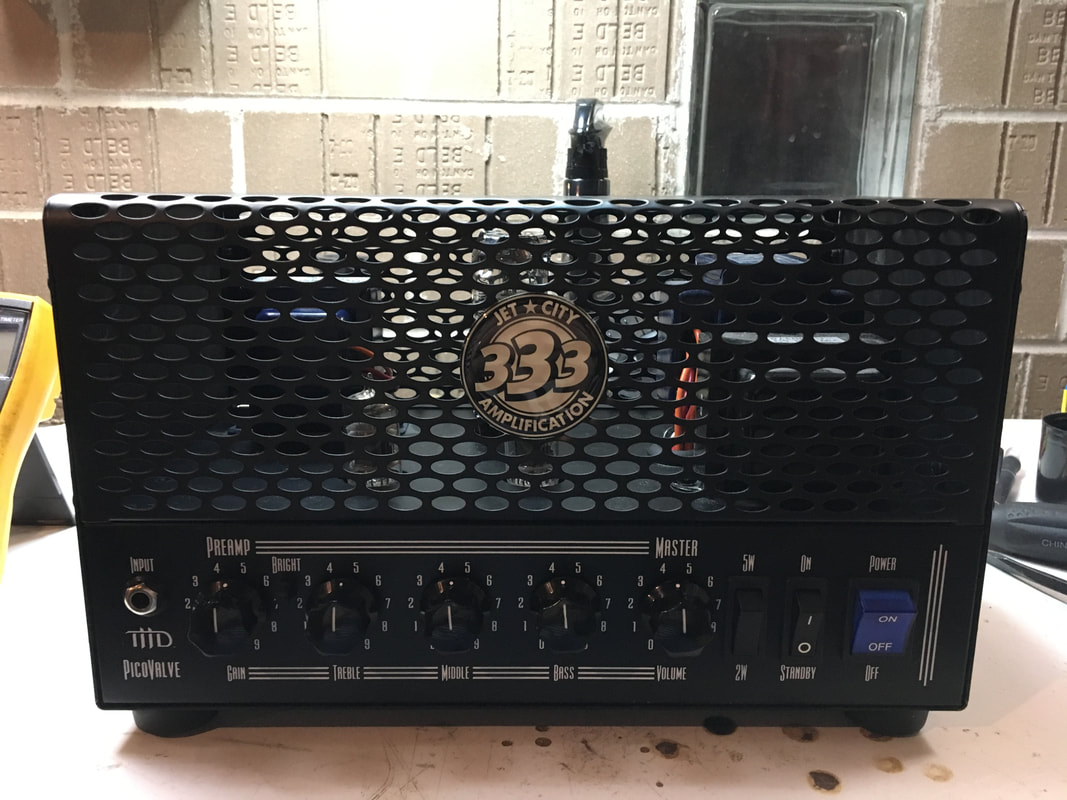
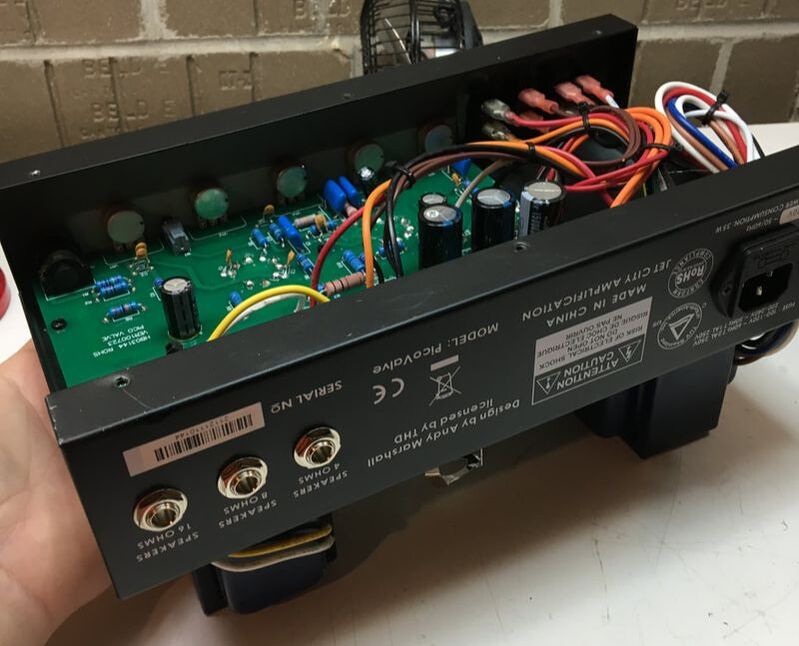
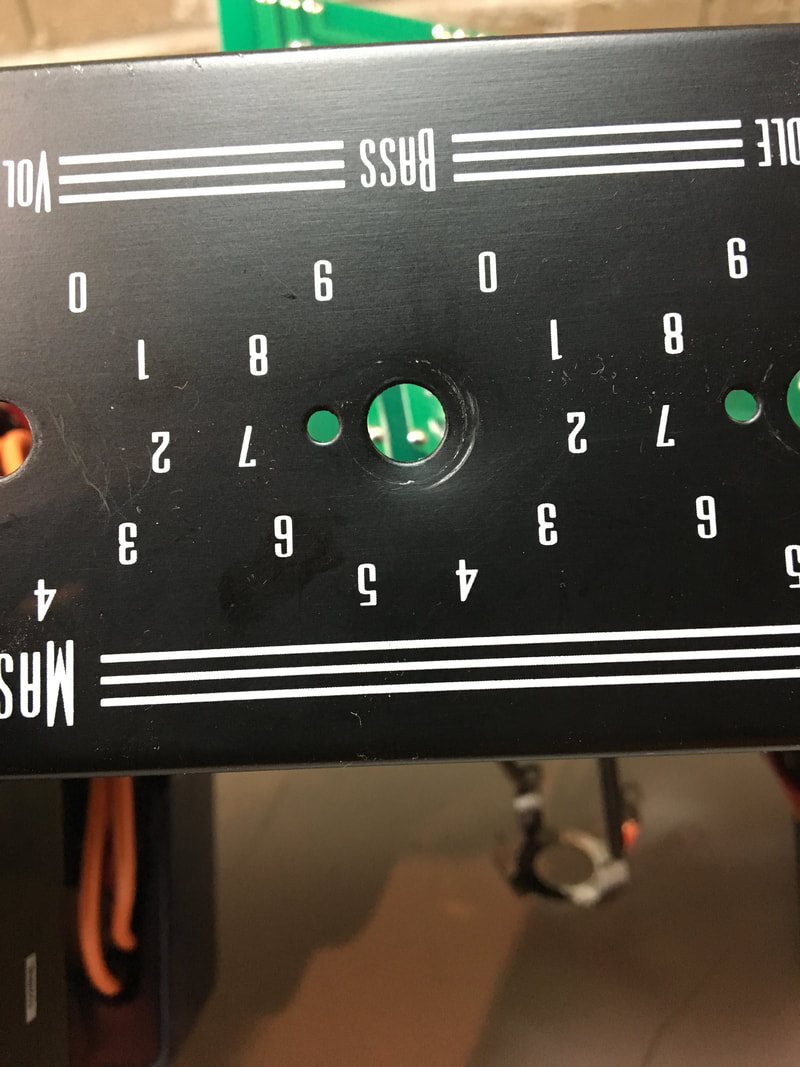
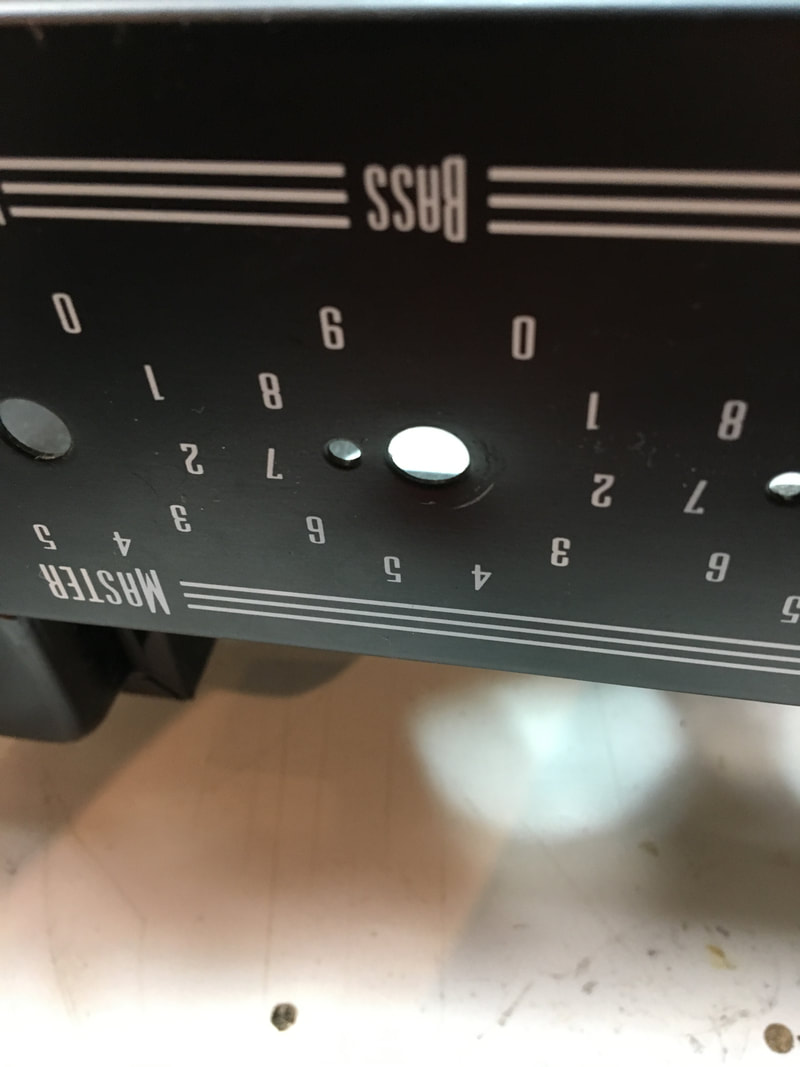
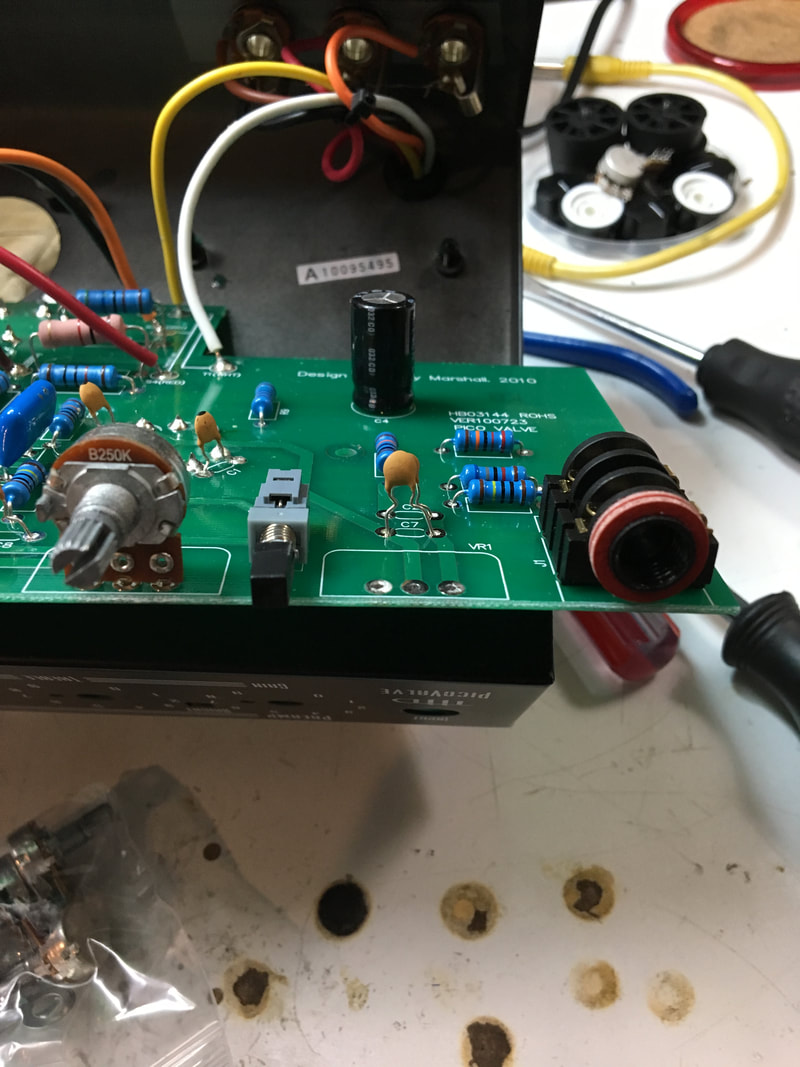
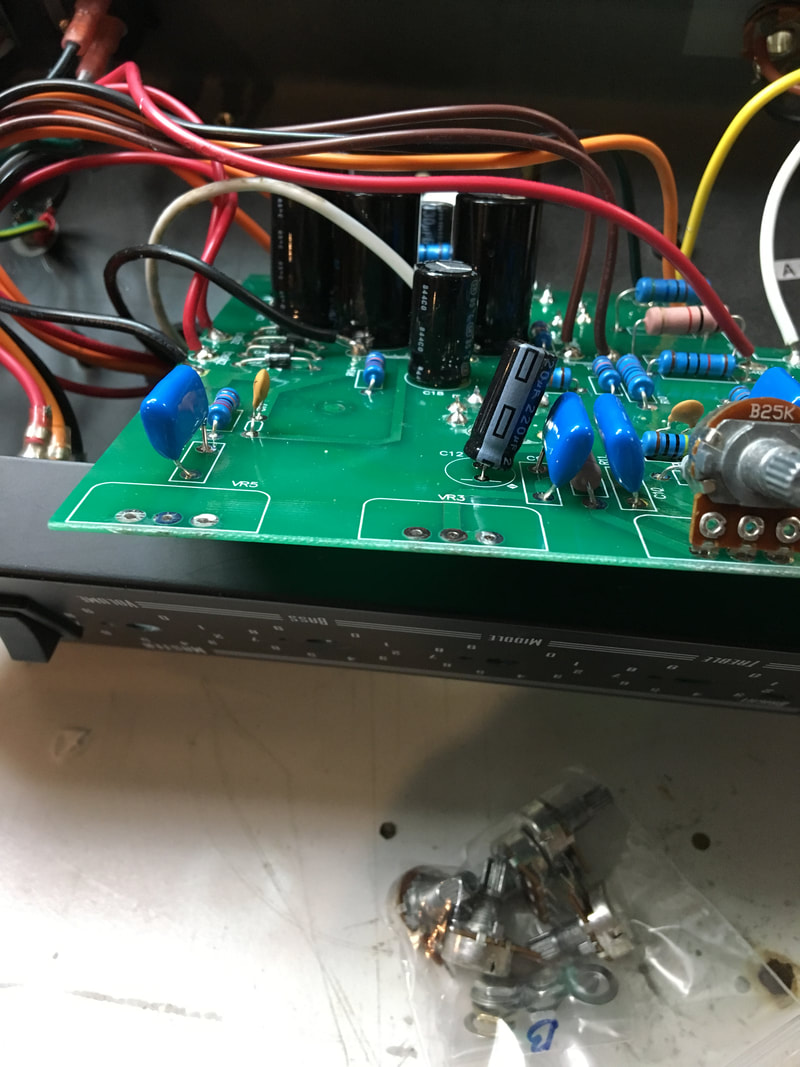
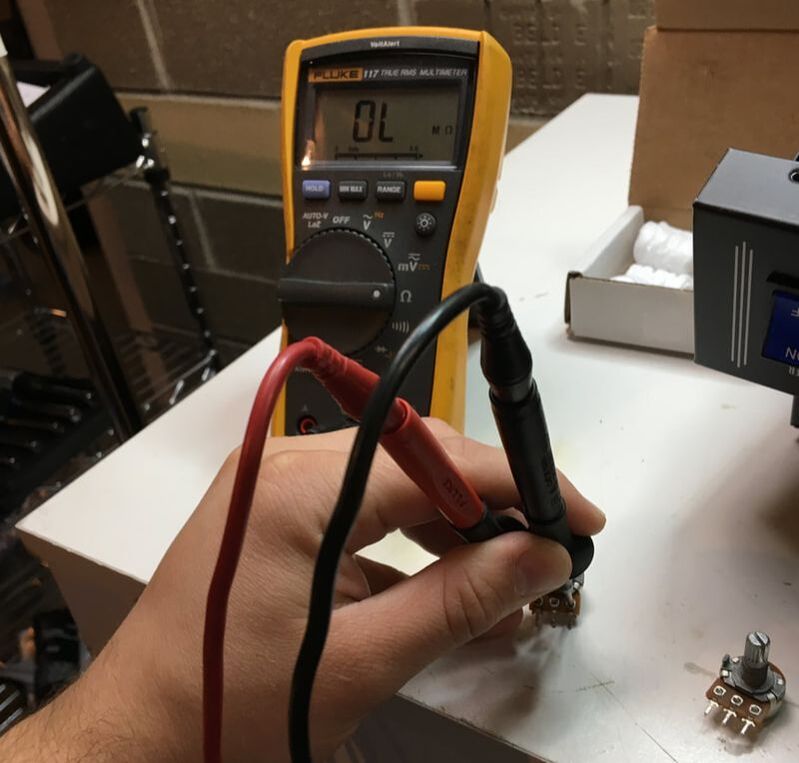
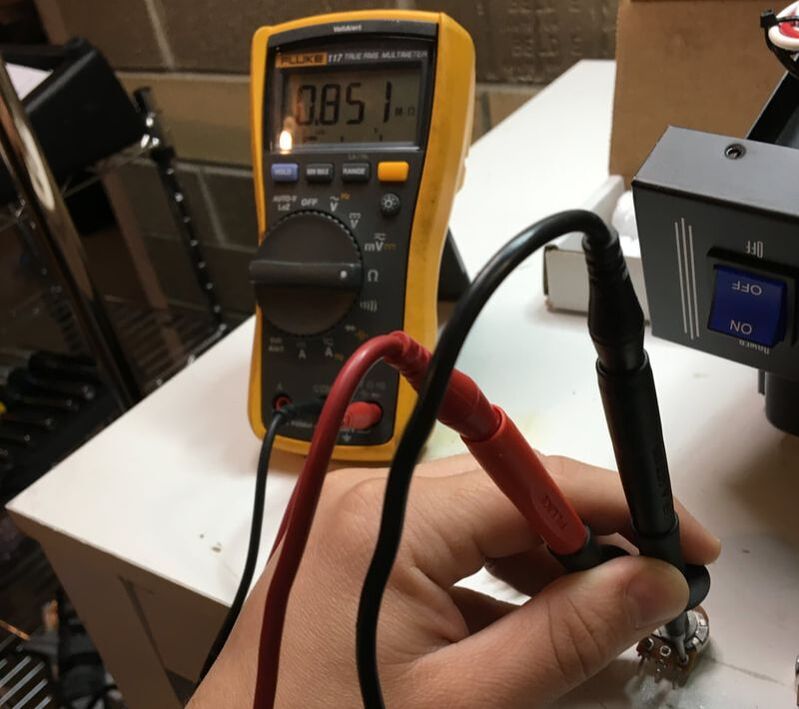
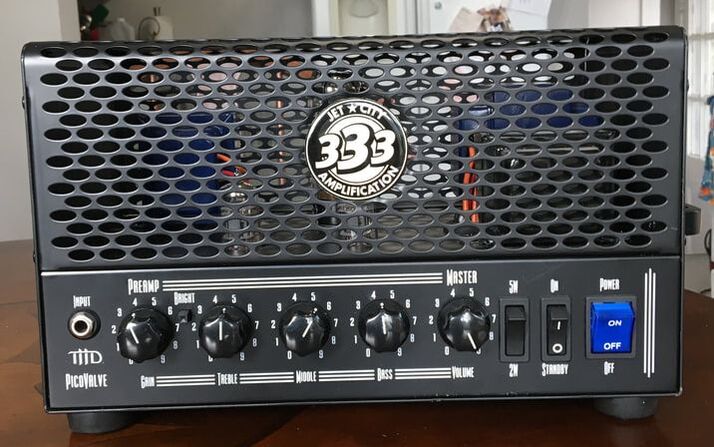
 RSS Feed
RSS Feed